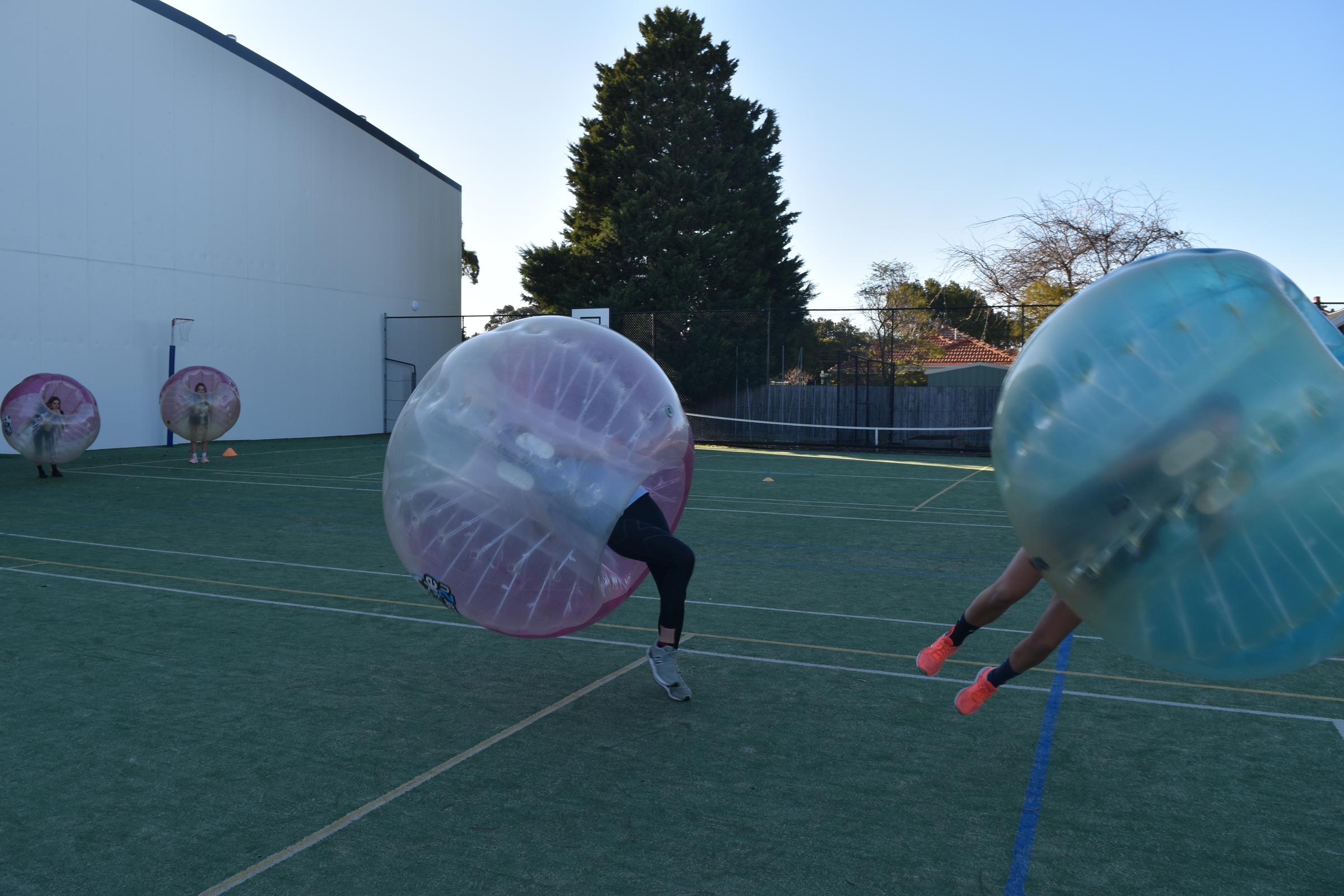Physical Education

Unit 1: Bodies in motion
In this unit students explore how the musculoskeletal and cardiorespiratory systems work together to produce movement. Through practical activities students explore the relationships between the body systems and physical activity, sport and exercise, and how the systems adapt and adjust to the demands of the activity. Students investigate the role and function of the main structures in each system and how they respond to physical activity, sport and exercise. They explore how the capacity and functioning of each system acts as an enabler or barrier to movement and participation in physical activity.
On completion of this unit students should be able to:
- Collect and analyse information from, and participate in, a variety of practical activities to explain how the musculoskeletal system functions and its limiting conditions, and evaluate the ethical and performance implications of the use of practices and substances that enhance human movement
- Collect and analyse information from, and participate in, a variety of practical activities to explain how the cardiovascular and respiratory systems function and the limiting conditions of each system, and discuss the ethical and performance implications of the use of practices and substances to enhance the performance of these two systems
Unit 2: Physical activity, sport and society
This unit develops students’ understanding of physical activity, sport and society from a participatory perspective. Students are introduced to types of physical activity and the role participation in physical activity and sedentary behaviour plays in their own health and wellbeing as well as in other people’s lives in different population groups.
On completion of this unit students should be able to:
- Collect and analyse data related to individual and population levels of participation in physical activity and sedentary behaviour to create, undertake and evaluate an activity plan that meets the physical activity and sedentary behaviour guidelines for an individual or a specific group
- Apply a social-ecological framework to research, analyse and evaluate a contemporary issue associated with participation in physical activity and/or sport in a local, national or global setting
Unit 3: Movement skills and energy for physical activity
This unit introduces students to the biomechanical and skill acquisition principles used to analyse human movement skills and energy production from a physiological perspective. Students use a variety of tools and techniques to analyse movement skills and apply biomechanical and skill acquisition principles to improve and refine movement. Students investigate the relative contribution and interplay of the three energy systems to performance in physical activity, sport and exercise. In particular, they investigate the characteristics of each system and the interplay of the systems during physical activity. Students explore the causes of fatigue and consider different strategies used to postpone fatigue and promote recovery.
On completion of this unit students should be able to:
- Collect and analyse information from, and participate in, a variety of physical activities to develop and refine movement skills from a coaching perspective, through the application of biomechanical and skill acquisition principles
- Use data collected in practical activities to analyse how the major body and energy systems work together to enable movements to occur, and explain the factors causing fatigue and suitable recovery strategies
Unit 4: Training to improve performance
In this unit students analyse movement skills from a physiological, psychological and sociocultural perspective, and apply relevant training principles and methods to improve performance. Improvements in performance, in particular fitness, depend on the ability of the individual and/ or coach to gain, apply and evaluate knowledge and understanding of training. Students analyse skill frequencies, movement patterns, heart rates and work to rest ratios to determine the requirements of an activity. They consider the physiological, psychological and sociological requirements of training to design and evaluate an effective training program. Students participate in a variety of training sessions designed to improve or maintain fitness and evaluate the effectiveness of different training methods.
On completion of this unit students should be able to:
- Analyse data from an activity analysis and fitness tests to determine and assess the fitness components and energy system requirements of the activity
- Participate in a variety design and evaluate training programs to enhance specific fitness component
Video presentation
